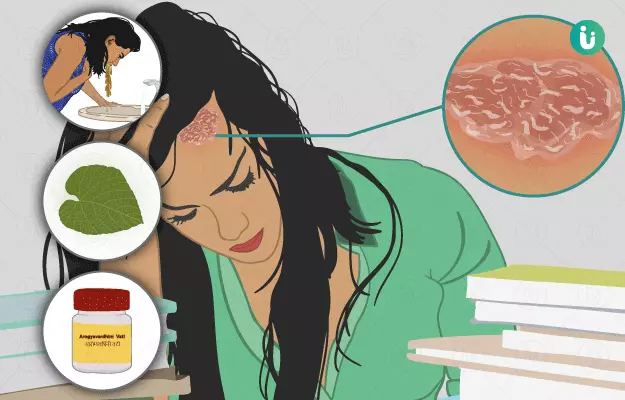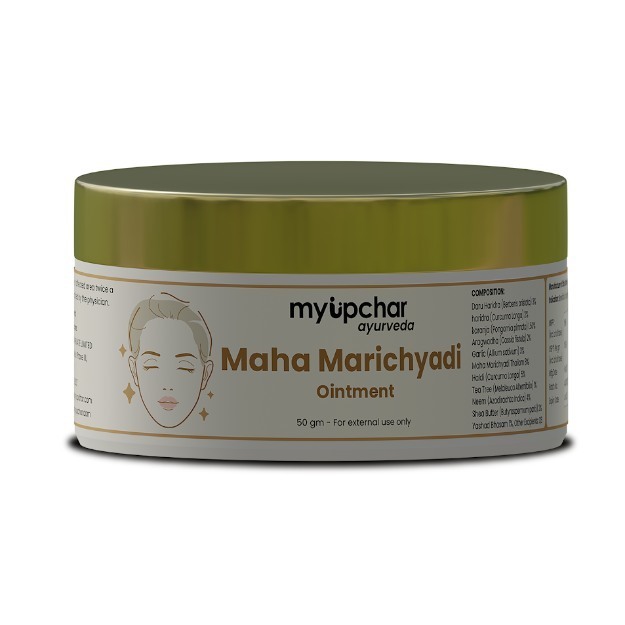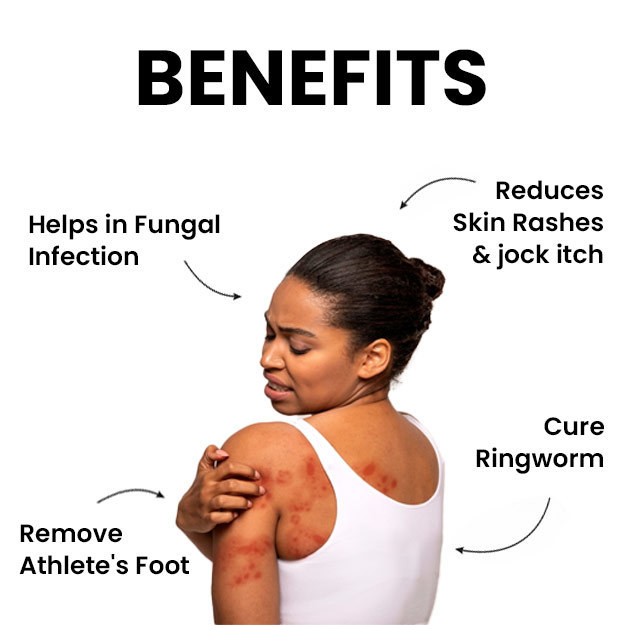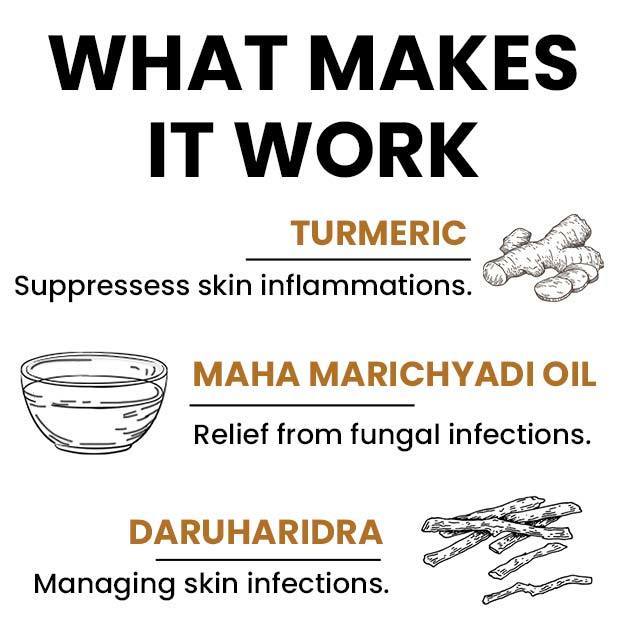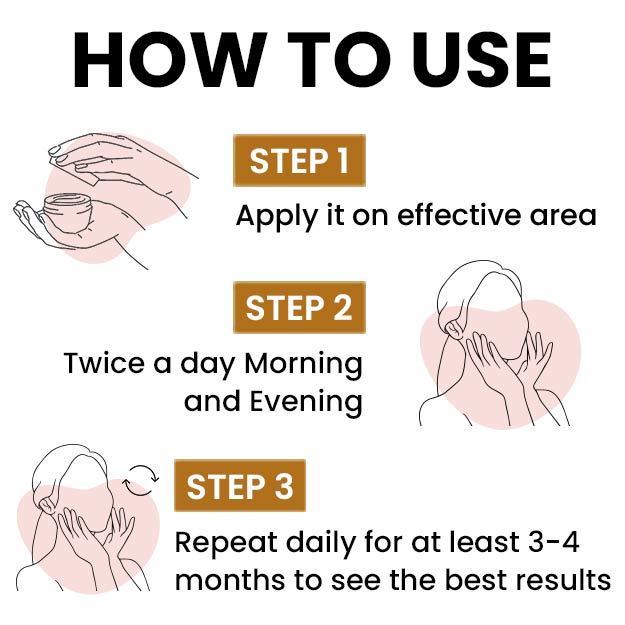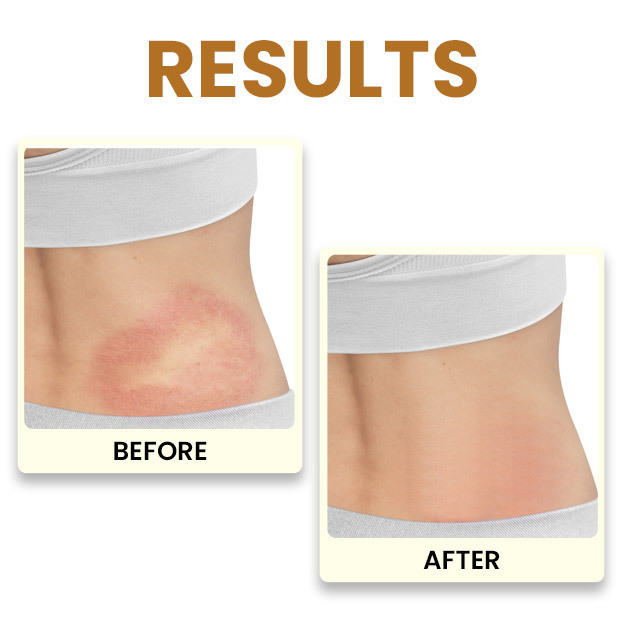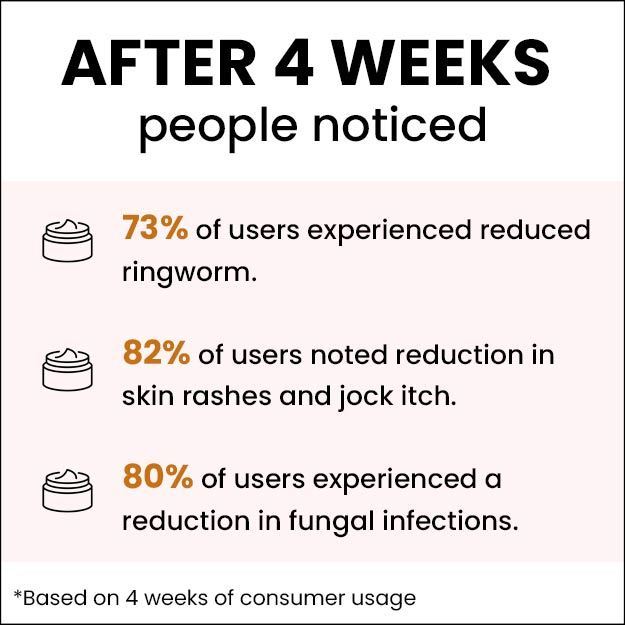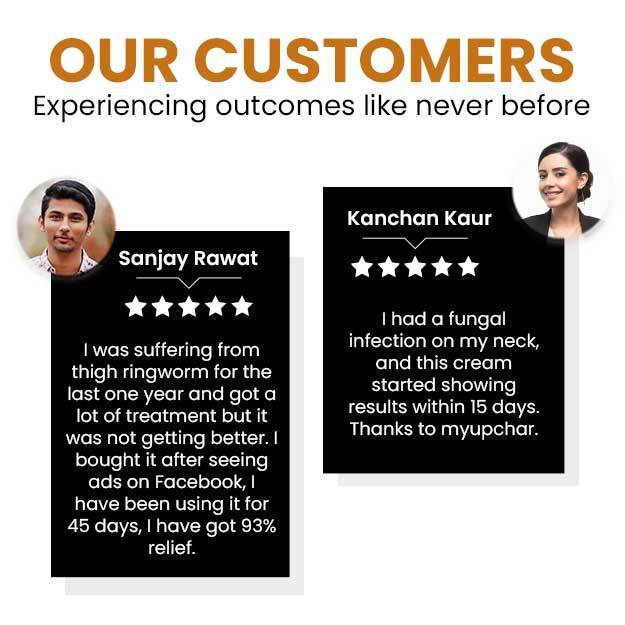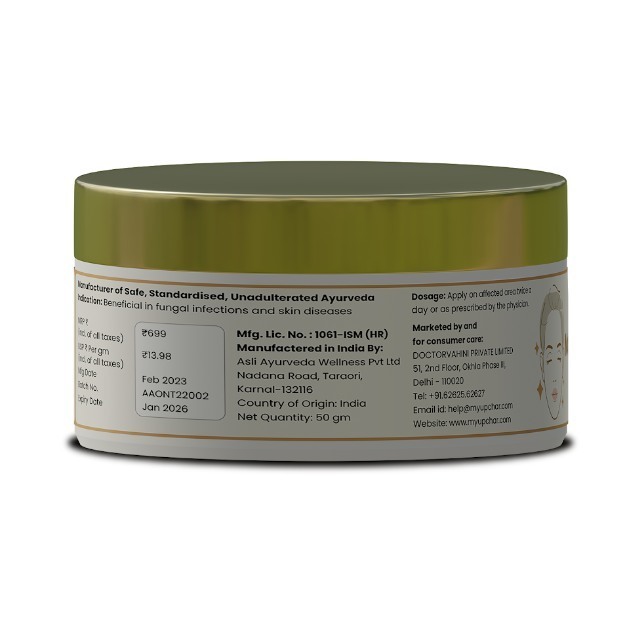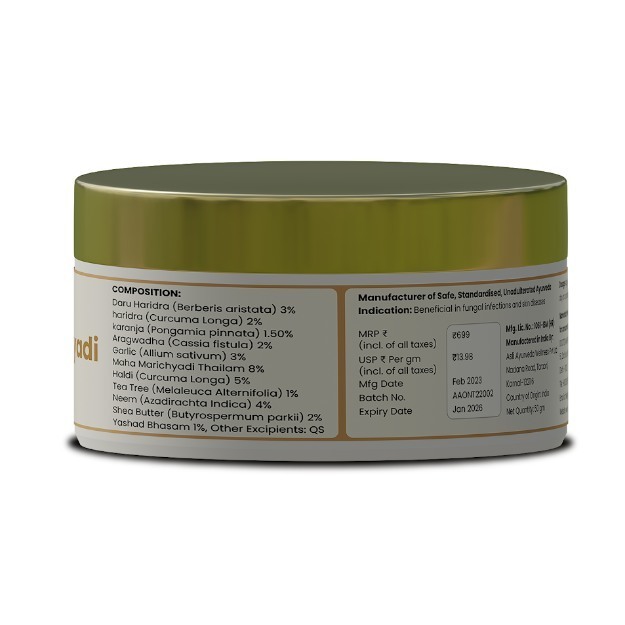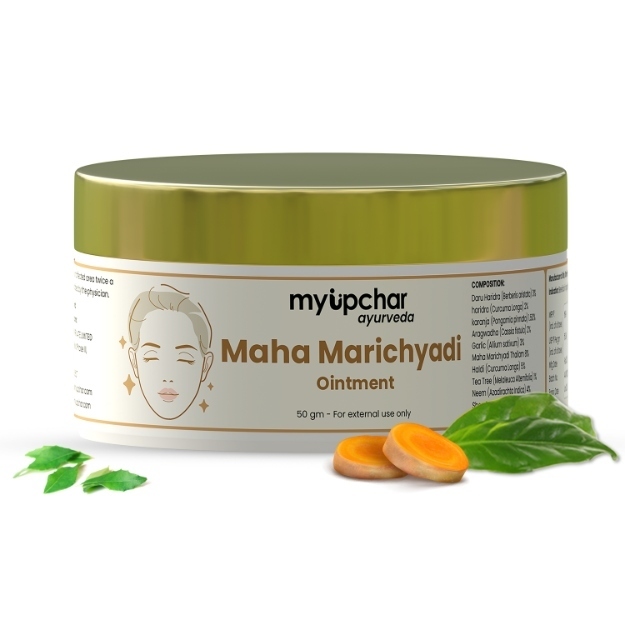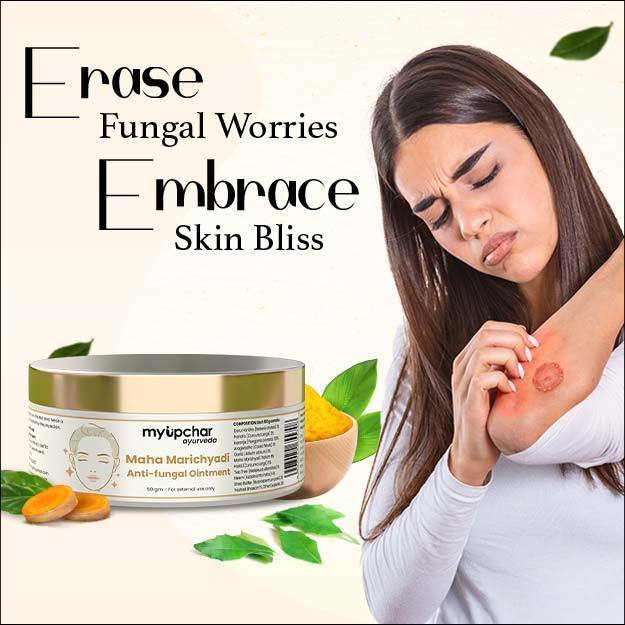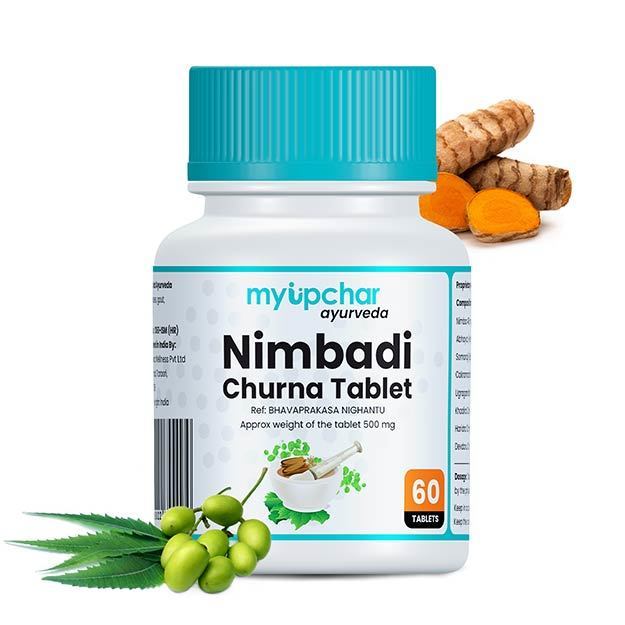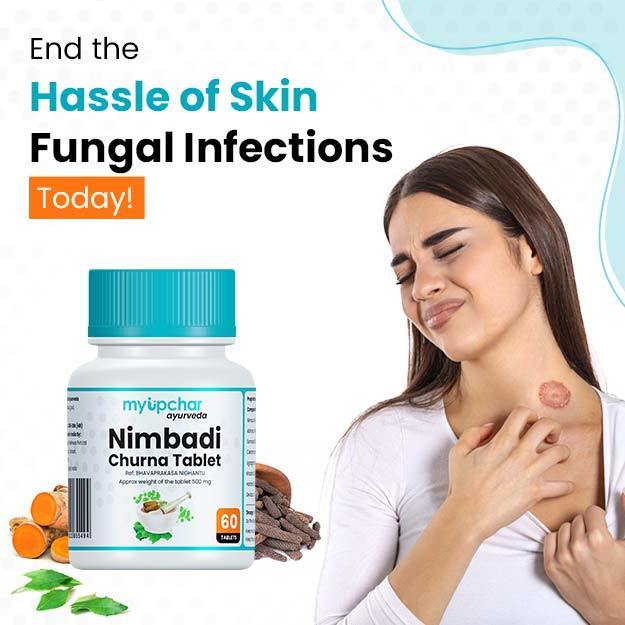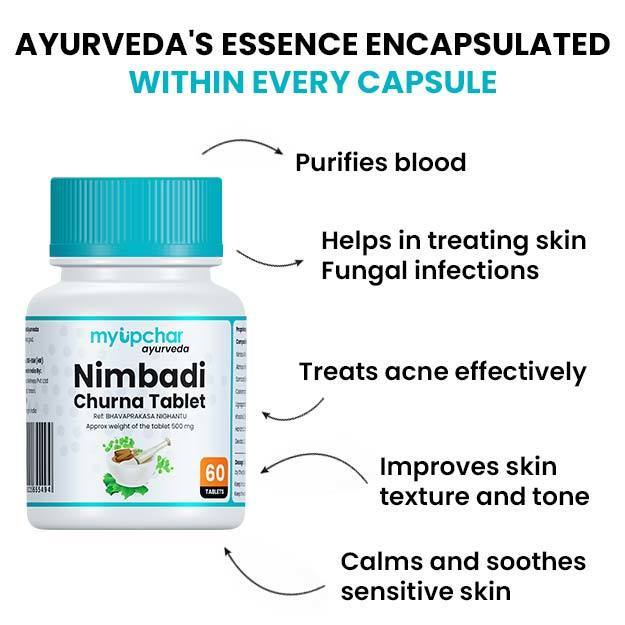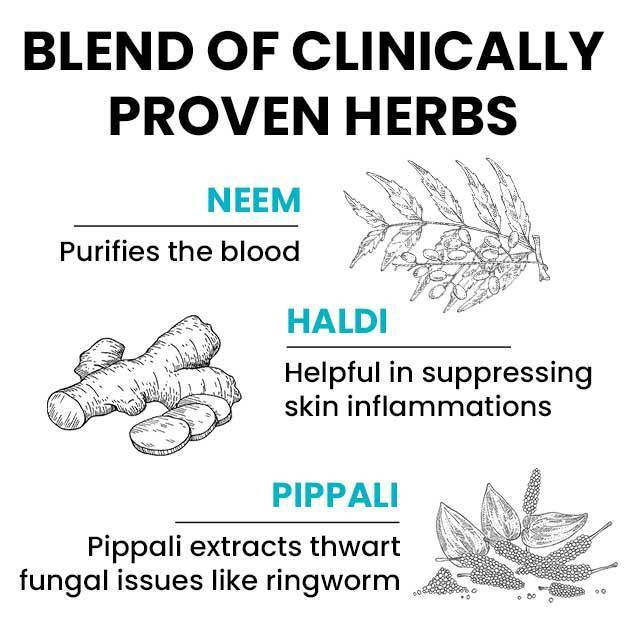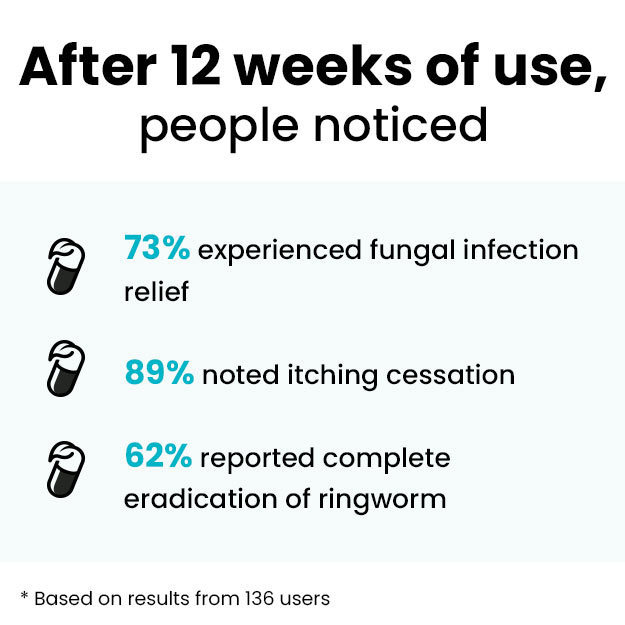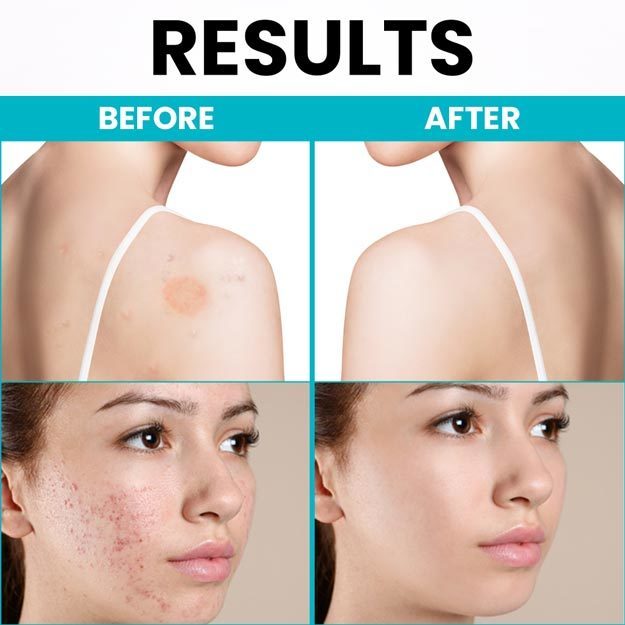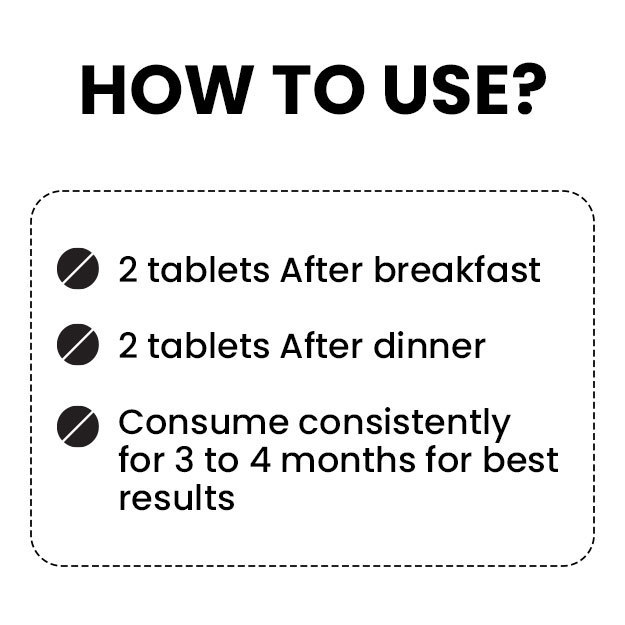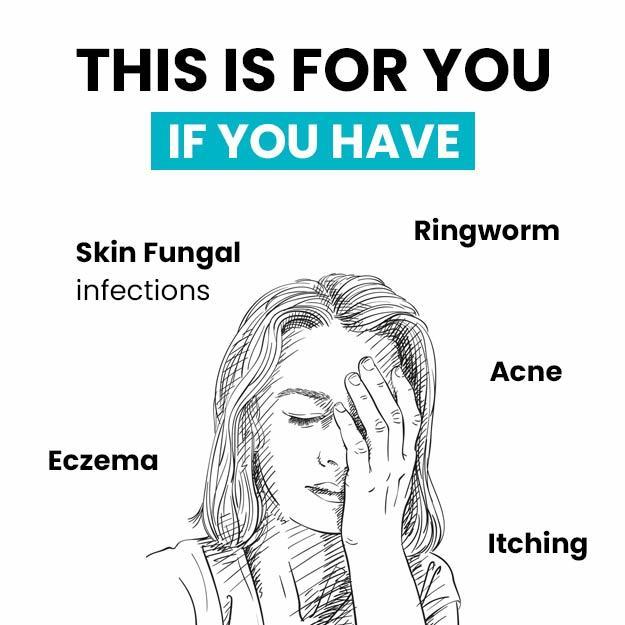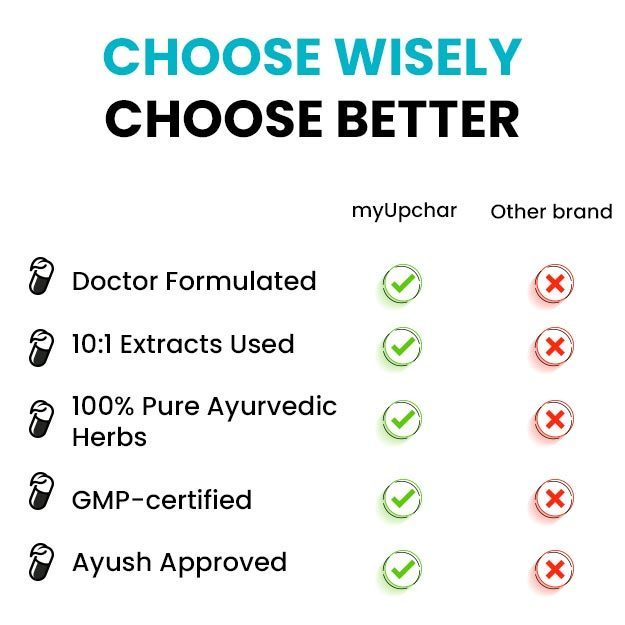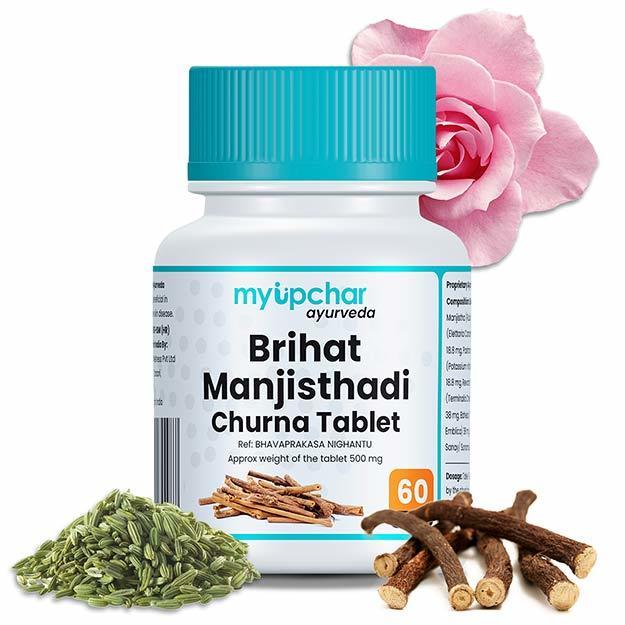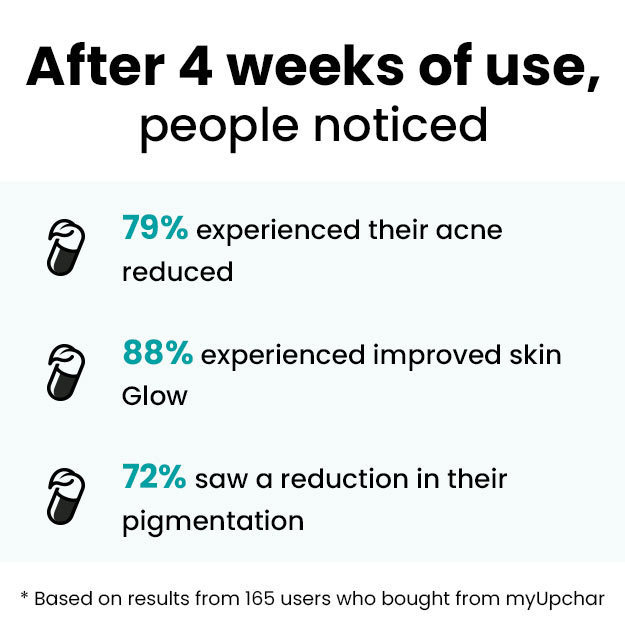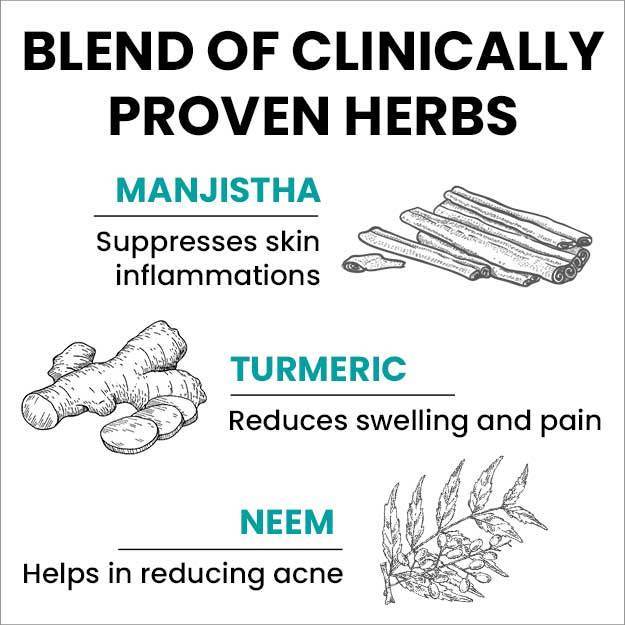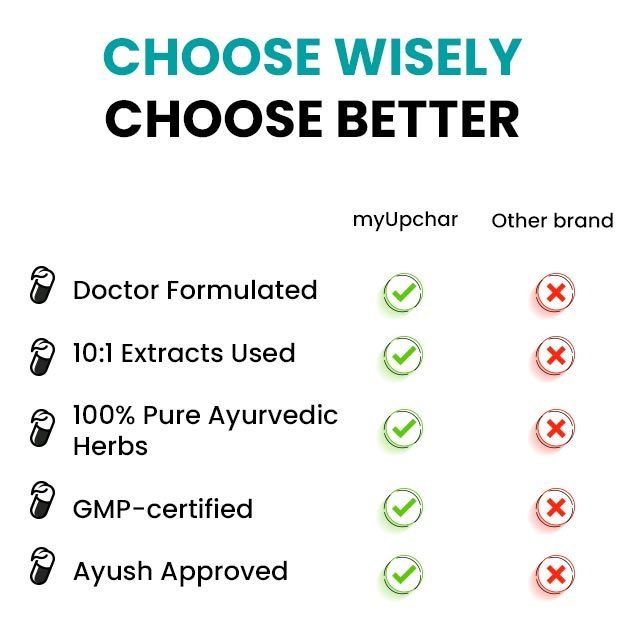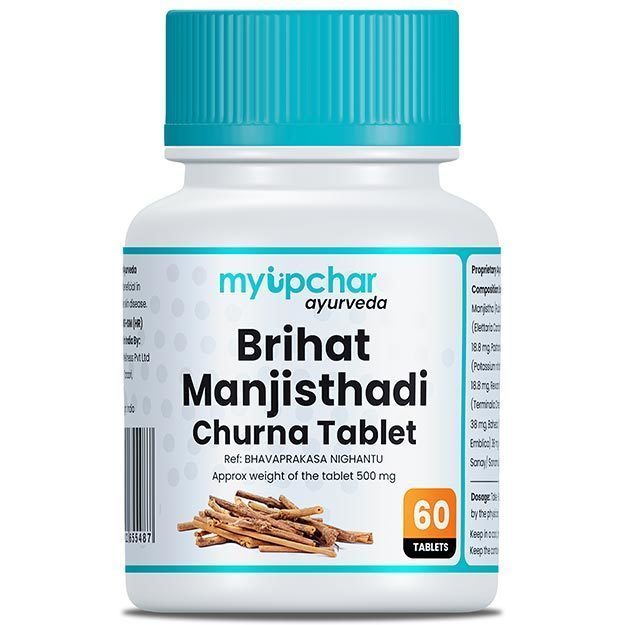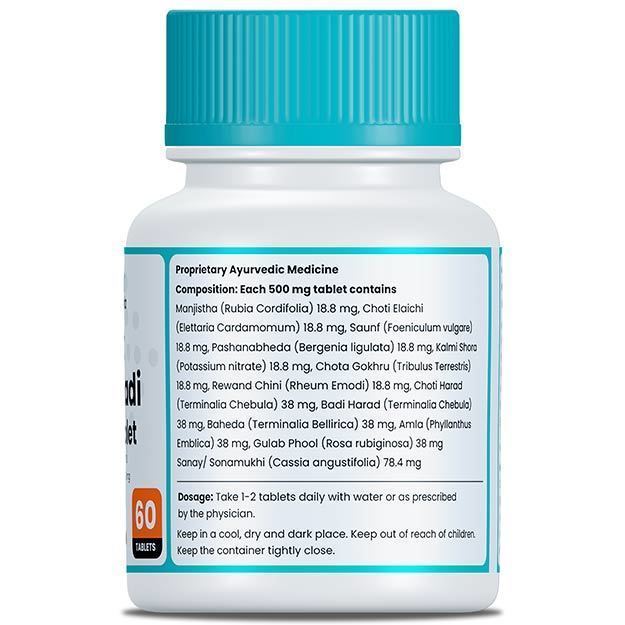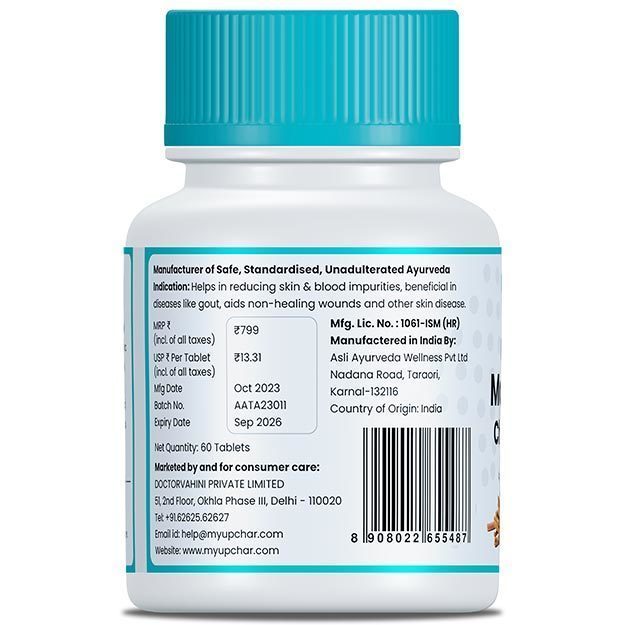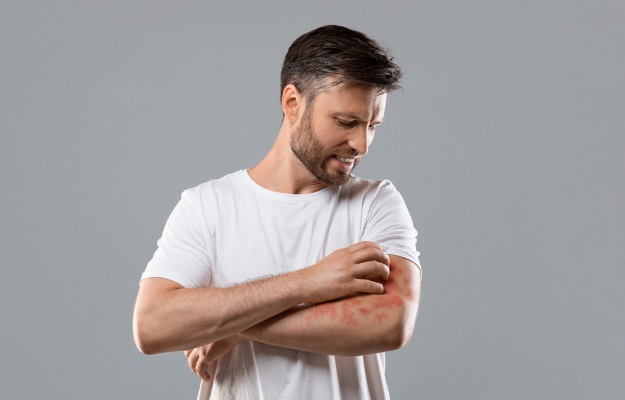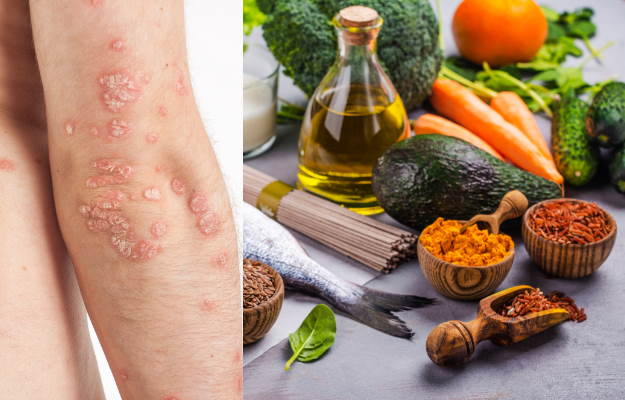Ayurvedic Herbs for Psoriasis
The following herbs are used to treat kitibha.
Guduchi is known to provide immunomodulatory effects (improves immunity) in all the three doshas. It is a blood-purifying agent, which acts on the circulatory and digestive systems and helps in achieving recovery from various skin diseases. Guduchi is available in the form of powder and extracts. The churna (powder) form of this herb can be taken thrice a day for two weeks or as directed by your physician. Guduchi churna should be taken with lukewarm water or honey after meals. Guduchi is useful in treating kitibha as well as ekakushtha.
The following herbs are used to treat ekakushtha.
Sariva is known to be a diuretic, diaphoretic (induces sweating) and an alternative tonic in Ayurveda. It mainly shows effects on the nervous and circulatory systems of the body. Roots and stalks of this plant are used in the form of decoction to treat syphilis, elephantiasis and skin diseases. The churna form of sariva can be taken thrice a day after meals for about two to three weeks or as per your physician's direction. The churna should be taken with lukewarm water or honey.
Haridra is known to have anti-bacterial, stimulant and aromatic properties. It mainly acts on the digestive, respiratory and urinary system. Haridra is useful in treating many diseases including jaundice, diabetes, oedema, anaemia, and skin disorders. It is a natural antibiotic; thus, it is helpful in treating bruises and wounds. Haridra can be used as an infusion, milk decoction, or can be externally applied as a paste. The churna form of haridra can be taken thrice a day after meals for two to three weeks or as directed by your physician. Haridra churna should be taken along with lukewarm water or honey.
- Manjishtha (Indian madder)
Manjishtha is known to be one of the best blood-purifying herbs in Ayurveda. It helps enhance blood circulation, treats amenorrhea, controls bleeding and regulates the function of different organs like the kidneys and liver. It helps to heal many diseases and improve the skin complexion Manjishtha also helps in the quick healing of injuries and scars. Manjishtha can be consumed as a decoction or can be applied as a paste. The churna form of manjishtha can be taken thrice a day after meals for two to three weeks or as directed by your physician. The churna can be taken along with lukewarm water or honey.
Ayurvedic Medicines for Psoriasis
The following medicines are used to treat kitibha.
Arogyavardhini vati helps improve the overall health of the body. It is recommended to correct the balance of doshas. Arogyavardhini vati consists of loha bhasma (ash obtained from iron), shuddha parada (purified mercury), triphala (a combination of amalaki, vibhitaki and haritaki (Indian gooseberry, belleric myrobalan and chebulic myrobalan), pura (gum resin), tamra bhasma (ash obtained from copper), shilajatu (mineral pitch) and other herbs. This medicine has been used in Ayurveda for the treatment of all types of skin diseases. It also helps improve appetite and digestion and provides relief from irregular bowel movements.
myUpchar Shilajit from Ayurveda may aid in the management of psoriasis symptoms. Its natural properties support skin health. Order Shilajit Capsules and Shilajit Resin Now.
Khadirarishta is a medicine with krimighna (worm-destroying) properties. It mainly acts on the blood and intestine function. Khadirarishta helps heal lesions formed in the intestines and shows anti-microbial activity, especially against microbes that cause skin diseases. It is effective in treating many skin diseases including kitibha. It also helps balance out dhatus in the body by increasing their resistance. Khadirarishta helps draw out ama (toxins) that are formed in the intestine and heart.
The following medicines are used for the treatment of ekakushtha.
The root of the manjishtha plant is used to treat skin disorders. It is found to be useful in psoriasis, various fungal infections as well as scabies. It is used in the form of kwatha (decoction) as well as a poultice to treat diseases. Kwatha provides astringency and acts as a blood purifier and tonic for the body. A kwatha made with manjishtha and other herbs is useful in treating ekakushtha. Manjishthadi kwatha can be taken twice a day after meals for two to three weeks or as directed by your physician.
Kaishora guggulu is useful in treating skin diseases and healing wounds. It is also useful in treating oedema and acne scars. It primarily acts by preventing pitta related changes in the body. This formulation is available in the form of a vati (tablet) which can be taken twice a day with lukewarm water before meals for about two to three weeks or as directed by your physician.
As treatments vary according to numerous factors such as an individual’s prakriti and the affected doshas, consult a qualified Ayurveda doctor for appropriate medications and treatment for your specific complaints.

